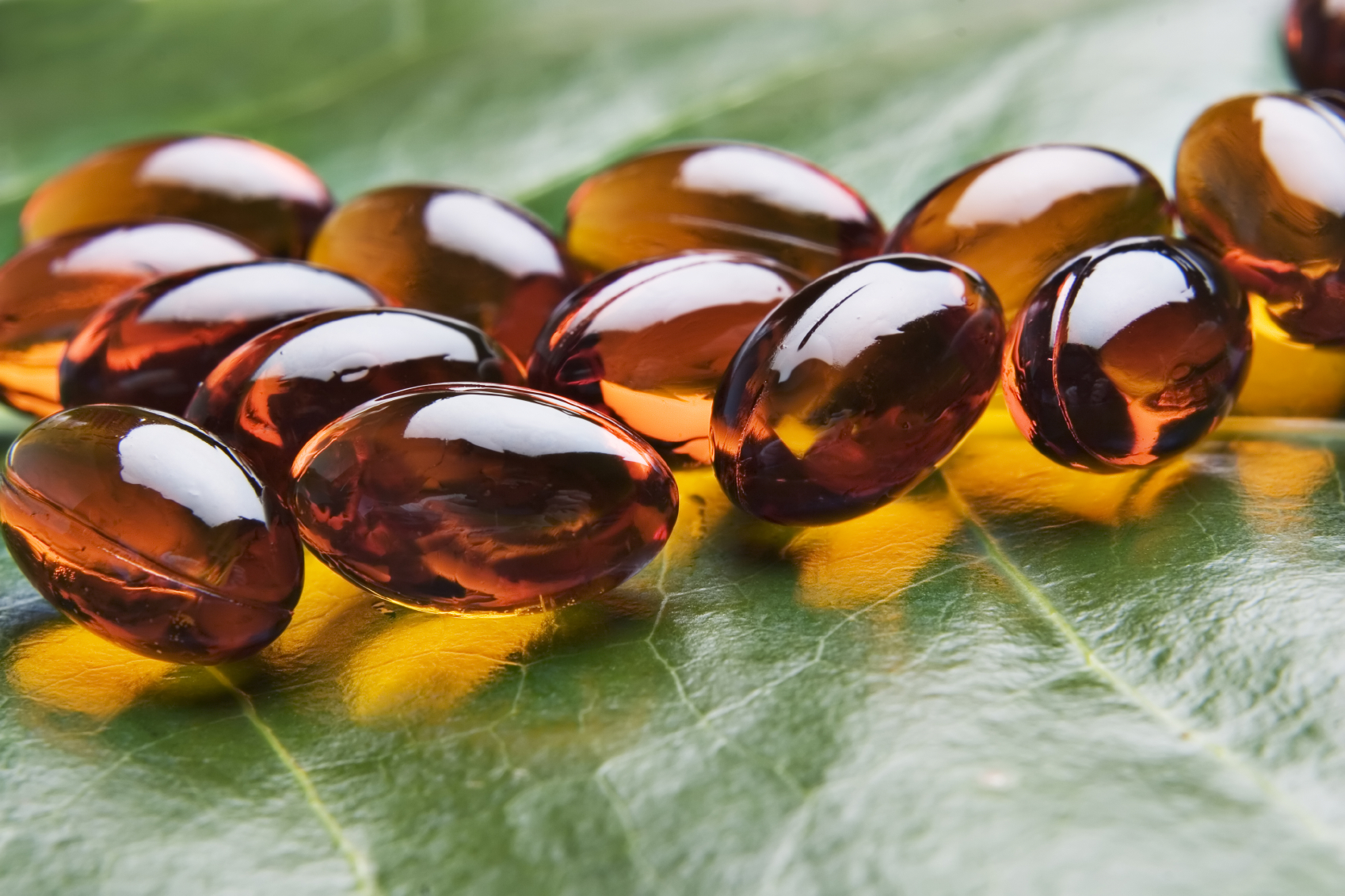We’ve told you that vitamin D3 supports strong bones. It may also help you prevent diabetes, regulate hormone levels, and ease allergies. This vitamin might even help prevent some cancers. But new research shows that it may have an even more impressive benefit…
Vitamin D3 may actually help add healthy years to your life.
Researchers at the University of California had a simple goal: Put D3 to the ultimate test. They wanted to measure the effect of vitamin D on all-cause mortality.
They reviewed 32 different studies on mortality rates and 25-hydroxyvitamin D (25(OH) D) levels. That’s the measure of vitamin D in your blood. The team took data from 566,583 subjects across 14 different countries. The average age for this study was 55 years-old.
They found that people with 30 ng/mL or lower vitamin D levels had a 60% higher chance of dying over nine years. But that’s not even the most shocking part of the study…
The subjects with the lowest levels of vitamin D—less than 10 ng/mL—were twice as likely to die prematurely.1
This statistic is scary enough at face value… But when you dig a little deeper the picture looks even grimmer.
Dr. Cedric Garland is the lead author of this study. He estimates that two-thirds of the U.S. population has D levels lower than 30 ng/mL.2 In other words, over 212 million Americans could be at risk for an early death.3 And that’s just vitamin D deficiency… It doesn’t even take other risk factors into consideration. But this study may be the jumpstart needed to help the truth about vitamin D3 hit the mainstream.
The National Institutes of Health (NIH) recommends 600 international units (IU) of vitamin D3 for children and adults up to the age of 70. Adults older than that should aim for 400 IU a day.
But that’s laughable for a few reasons…
The first is that children and adults have different nutritional requirements. It may be convenient for labeling purposes… But vitamin dosages cannot—and should not—be one size fits all.
The second reason is that the 600 IU dose is way too low to see significant health benefits. In fact, most experts—including Dr. Garland—find 4,000 IU to be a safe, beneficial dosage.4 That’s about seven times the amount the NIH says you should take. But getting more of it is easy.
Eating wild-caught salmon, grass-fed beef, and organic mushrooms are great ways to add natural vitamin D to your diet. You’ll also absorb D3 naturally from direct sunlight. But for optimal levels, you’ll need to supplement. You can find a quality D3 supplement from natural sources online and in health stores.
Remember that 30 ng/mL was the minimum subjects needed to avoid dying early. Your levels should really be about twice that. Aim for 50-80 ng/mL. This is the ideal range for experiencing the health-boosting—even death-defying—benefits of this vitamin.5
If you don’t know your levels, your doctor may be able to test them for you. But you know the levels you need to aim for. This means you can use an independent lab. You can even order a home test and do it yourself. Most tests will cost you less than $100.
Vitamin D could very well be the most powerful ally you have in maintaining your health independence. It may also help add healthy years to your life. But there’s a simple, natural secret for getting the most out of those years…
Researchers in Wisconsin revealed they found a way to reverse up to 20 years of aging in just 6 months—in a random group of men as old as 81.
These men lost 14.4% of their body fat…gained 8.8% lean body mass…their skin thickened…and their bone density increased. And it was backed up, peer reviewed, and published in one of the world’s most respected medical journals.
Go here to discover how you can get all details on how to ramp up your body’s production of this age-reversing compound all on your own—without a doctor.
Like this Article? Forward this article here or Share on Facebook.
References:
1http://ajph.aphapublications.org/doi/abs/10.2105/AJPH.2014.302034
2Idem
3http://www.census.gov/popclock/
4http://www.medicalnewstoday.com/articles/278120.php
5http://www.mayomedicallaboratories.com/articles/hottopics/transcripts/2009/2009-1b-vitamind/1b-14.html

